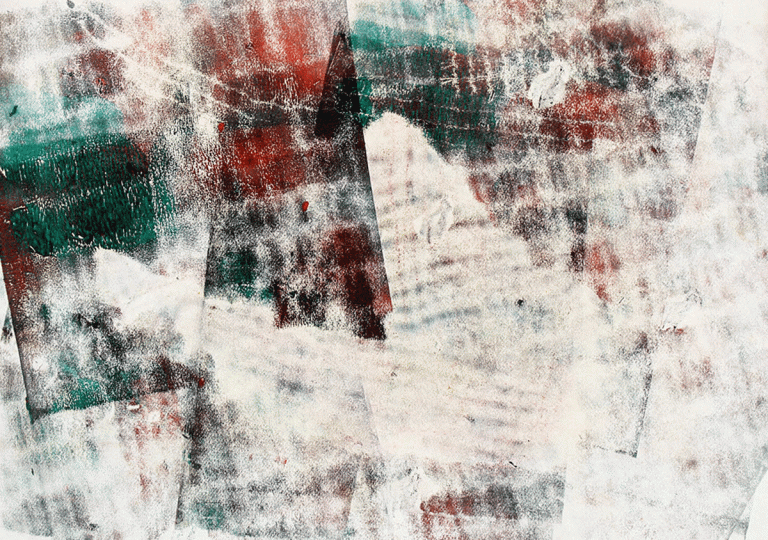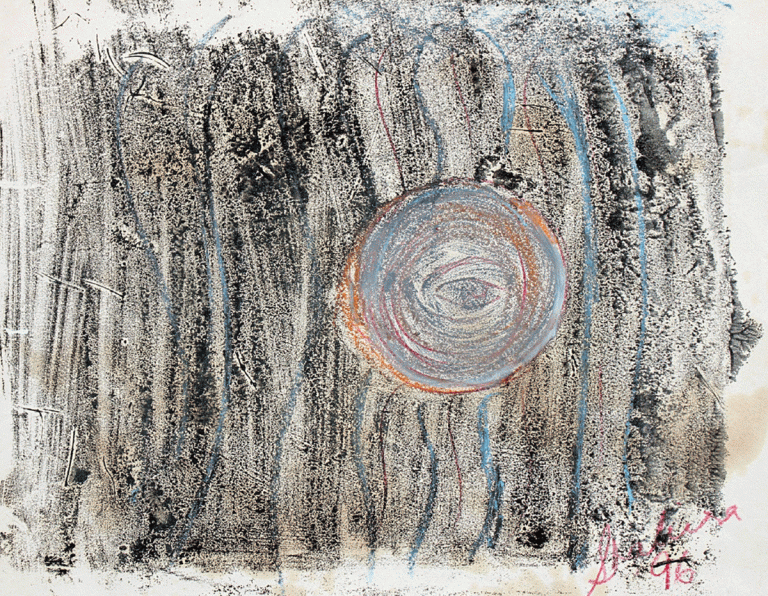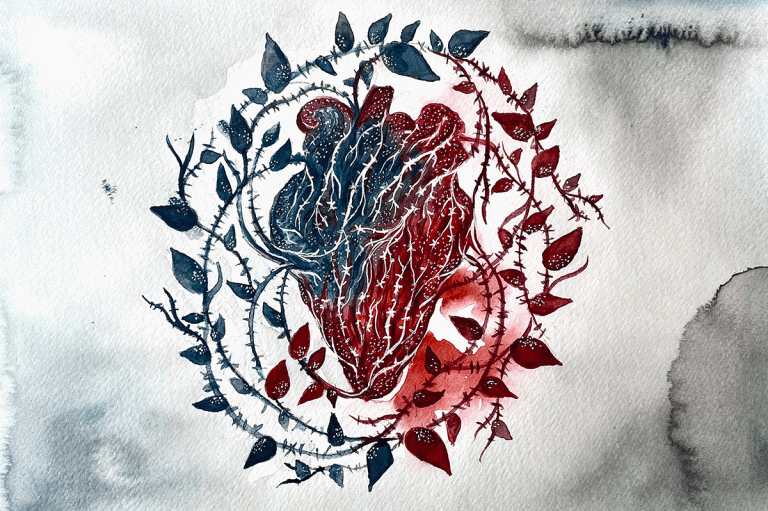
“We went looking for violence and found love.”
We know very little about the life of the ordinary woman prisoner. She is either non-existent in popular imagination or made out to be an extraordinary deviant, transgressing all codes of social morality. But what constitutes the ordinary woman prisoner’s ‘criminality’? What lies at the heart of it? What are her dreams, desires and fears? What does a post-prison life look for her?




